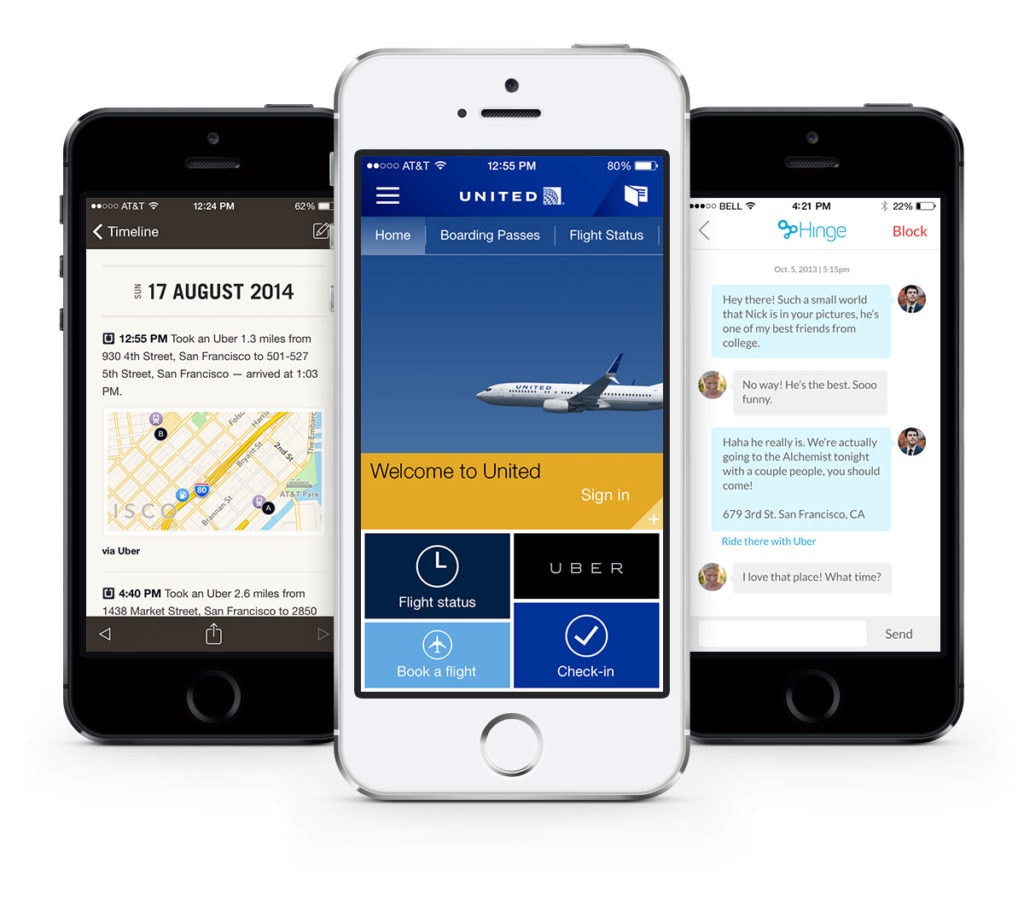Airline Apps That Fill the Gaps
Share

APEX Insight: A surge in various travel apps may prompt a certain level of app fatigue, but collectively they point to the potential digital technology has to enhance the passenger experience. We look at airline apps that make the travel experience more seamless.
Where the airline passenger experience is failing travelers, the tech industry is stepping in with app-based services that aim to simplify and relieve stress in traveling. AirPortr takes the weight out of hauling around heavy luggage by delivering bags straight to your hotel. Flio replaces the need to fill out any form field to access airport Wi-Fi, and LoungeBuddy is your guide to making the most relaxing stay out of an airport layover.
In his presentation at this year’s Passenger Experience Conference, AirlineTrends.com founder, Raymond Kollau, told attendees that airlines are cluing in. But instead of tackling specific issues, as the above apps do, they’re stepping back to re-envision the passenger experience with all its new technology, mobile devices and big data capabilities for a more holistic solution. Here are some of the app-based improvements Kollau highlighted in his presentation, that have enhanced the passenger experience.
United Flies You, Uber Drives You
The App: Direct link to Uber within the United Airlines app.
The Gap: Providing an end-to-end experience to passengers, beyond the airport.
In some cities, Uber drivers are still fighting their way to the airport curb, but despite the ongoing contention with taxi drivers, United Airlines, and more recently Hilton, see value in the ride-hailing service for its customers.
“Our partnership with Uber offers customers new opportunities to simplify their travel experience,” says Praveen Sharma, vice-president of Loyalty at United. “Customers can use the app to ensure a more convenient journey, from checking in for an international flight from their home or office to finding instant ground transportation options at their final destination.”
 At Ease with easyJet Mobile Host
At Ease with easyJet Mobile Host
The App: EasyJet’s Mobile Host app with data integration from London’s Gatwick Airport and Google’s indoor maps.
The Gap: Passengers feeling anxiety over missing baggage or a flight.
There’s room for better service, even when flying low-cost with the UK’s largest airline. EasyJet is attempting to improve the passenger experience with its Mobile Host app that helps passengers navigate the closest bag drop and provides real-time updates on baggage and flight status.
Transavia’s IFC-Free IFE
The App: Transavia’s IFE app gives passengers control of their IFE without having to provide connectivity.
The Gap: An in-flight entertainment solution that doesn’t require streaming.
Transavia’s in-flight entertainment system doesn’t rely on in-flight connectivity. Simply download the app prior to your flight, log in with your booking number and surname, and download up to five films and TV series per flight. You can even preselect your entertainment, days before your trip – just remember to bring your laptop, tablet or smartphone.

Singapore Airlines Hands Passengers the Remote
The App: Singapore Airlines’ Companion App leverages the seatback screen and the personal devices passengers bring on board.
The Gap: Inability to have dual screen functionality in IFE.
Singapore Airlines’ Companion App, developed by Mobile Travel Technologies (MTT) in conjunction with Panasonic Avionics, turns passengers’ smart devices into a remote control for the seatback IFE system. Passengers use the in-flight Wi-Fi to synch their devices to KrisWorld, enabling second-screening and allowing passengers to check the moving map without interrupting their movie.
“With the proliferation of personal mobile devices and the arrival of our new Airbus A350 fleet, this latest innovation will help enhance the in-flight entertainment experience for our customers,” says Tan Pee Teck, senior vice-president Product and Services for the airline. “It offers more information and greater control both on the ground and in-flight.”


